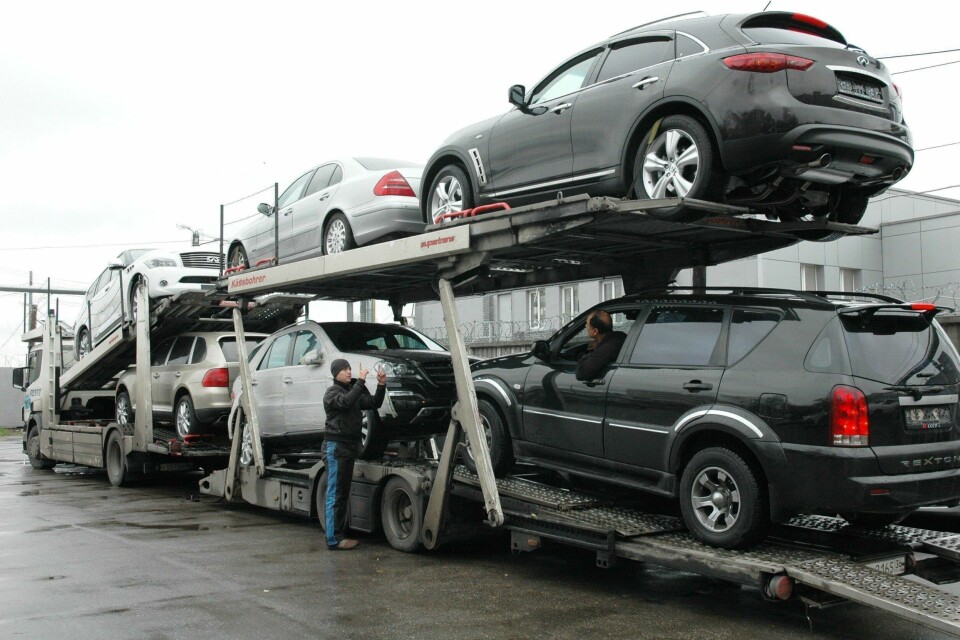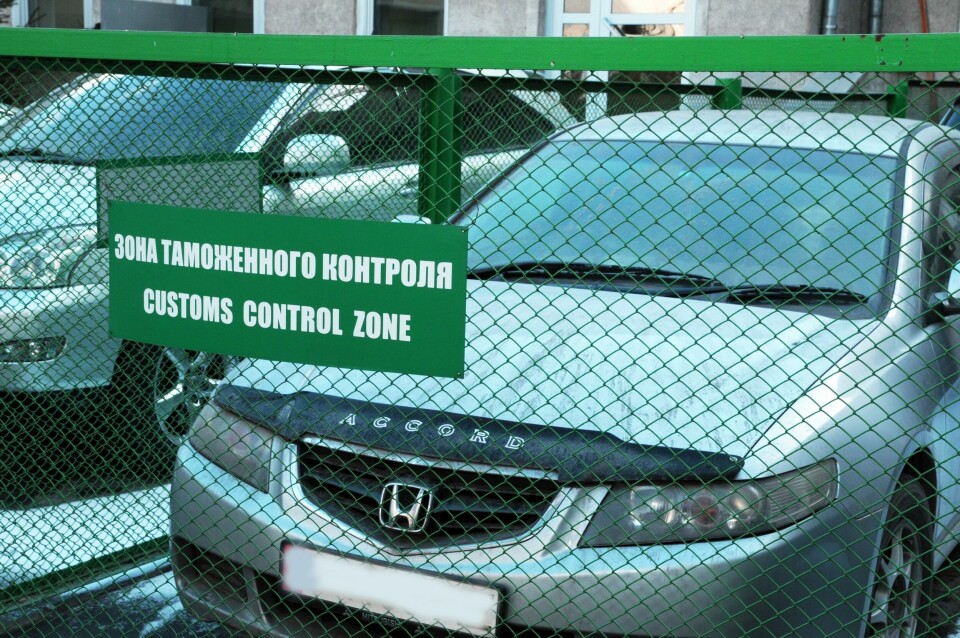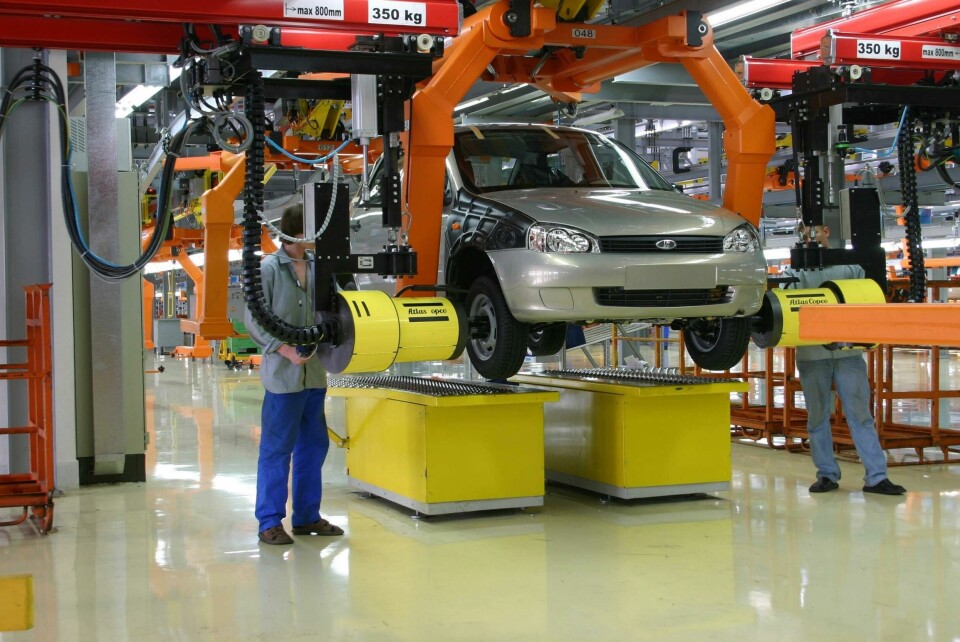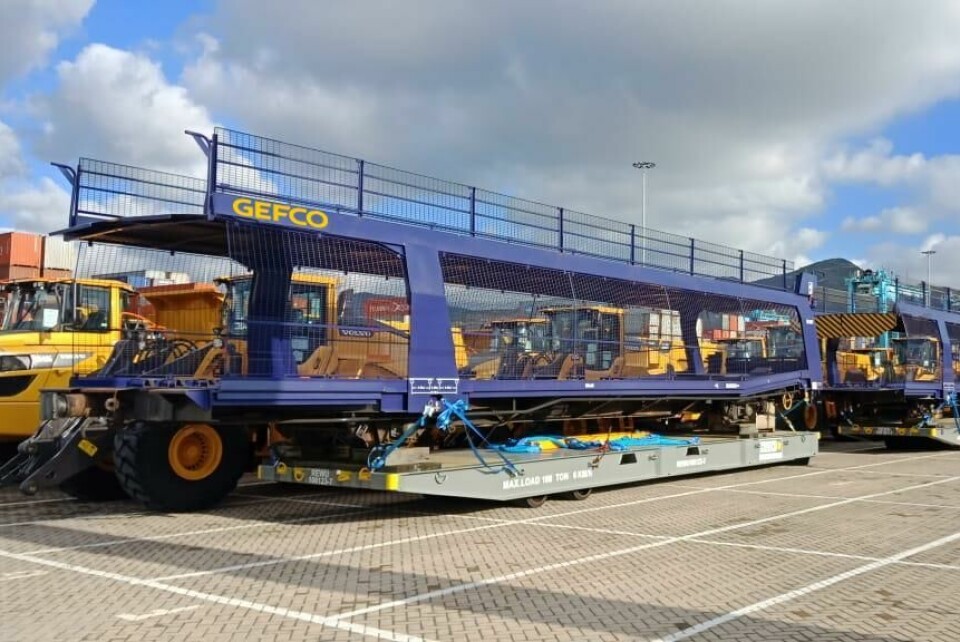Russia: still supporting exports
As its domestic market stagnates, Russia continues to seek growth abroad and is subsidising the export of vehicles and parts – at a cost of more than $60m a year

The Russian government is seemingly succeeding in its ambition of turning the country into a fully fledged automotive exporter. The officially declared target is to establish exports of at least 240,000 vehicles per year by 2025 – ideally up to 400,000 – and recent growth in this segment suggests that these figures could be within reach.
In 2019, Russia exported 109,000 finished vehicles, up 16.7% on the previous year, and the value of these exports reached $1.6 billion – the highest figure ever seen, the Russian Export Center said in a statement in early February 2020.
“There are two factors contributing to the growth in finished vehicle exports in monetary terms,” a spokesperson for the Russian Export Center commented. “First, the rise in average price for finished vehicles assembled in Russia. Second, Russian plants are tending to export more expensive models than before”.
“To achieve the goal set in the government’s strategy adopted in 2017, namely selling from 240,000 to 400,000 vehicles abroad in 2025, a diversification of exports is inevitable”
One major factor in the growth of exports is continuing state aid in that area. Russia has a logistics subsidy for the export of finished vehicles and automotive components, and in December 2019 this was extended to include automotive kits. Last year, Russia allocated 4.5 billion roubles ($62.8m) of state support to automotive exports via the logistics subsidy.
With this money, the government reimburses up to 80% of the costs associated with finished vehicle and automotive component delivery to foreign markets. Until 2016, the logistics subsidies were envisaged only for delivery across the Russian border, but then the support was expanded to the entire supply chain.
Russian analysts believe the most urgent task for the Russian automotive industry now is to diversify export supplies.

“In 2019 Russian-made vehicles were sold in more than 40 countries. However, the bulk of sales – over 80% – were made in the Eurasian Economic Union,” says Svyatoslav Kuchko, Russian market analyst at IHS Automotive. “This market will remain the main destination of Russian automotive exports in the future as well.”
The increase in exports of Russian-made vehicles last year should be attributed to recovery in the markets of Belarus and Kazakhstan, according to Kuchko. While the Belarus market seems to have reached a temporary peak, demand in Kazakhstan still has strong potential and is likely to become the main driver of growth in Russian vehicle exports.
“However, since Kazakhstan’s government has been promoting local assembly, the Russian exporters have been switching from ready-made cars to assembly kits. In the long term, the normalisation of relations with Ukraine could further boost the exports of Russian-built vehicles. This market was once the main destination of Russian exports but is now closed for Russian-made finished vehicles,” Kuchko states.
“Given that sales in the Russian finished vehicle market have slumped by nearly a third, the interest in new sales markets seems logical, so the growth in export supplies from Russia apparently will continue”
“Nevertheless, to achieve the goal set in the government’s strategy adopted in 2017, namely selling from 240,000 to 400,000 vehicles abroad in 2025, a diversification of exports is inevitable,” says Kuchko.
He believes there are some obstacles in the way, however. “In the developed markets it would be compliance issues. In the developing countries, particularly in the Middle East and North Africa, Latin America and South-East Asia, these would be protectionist measures,” Kuchko explains. “So, Russia-based manufacturers would rather have to supply assembly kits than ready-made cars and trucks there. In this case, the decision of the government of December 2019 to extend the export subsidies to assembly kits could be helpful.”
Heading for export growth
As a production location Russia does have certain advantages, according to Dmitry Babanskiy, an analyst at the Moscow-based think tank SBS Consulting, including a cheap but experienced labour force, a raw material base and beneficial government policy.
“In the foreseeable future, we have every reason to believe that the Russian automotive export will continue its growth,” he says. “On the one hand, there is stagnation in the domestic market, and so far we see no growth drivers, so OEMs are prompted to seek demand in foreign markets. On the other hand, government policy is focused on supporting exports, so the level of state aid is expected to be persistently high.”
Given the localisation trend in the industry, it could also be predicted that Russian automotive components exports will see faster growth.

According to Babanskiy, Russia exported automotive components worth $1.5 billion in 2019. “This segment traditionally accounts for 40-45% of the entire Russian automotive industry’s export. Automotive components are one of the most promising segments for export development.”
He notes that Volkswagen announced plans to increase engine exports to 35,000 units by 2028 from its plants in Europe, Mexico and South Africa, while PSA also declared plans to raise exports. “In 2022, exports could grow to $2.0 billion or $2.2 billion,” Babanskiy states.
The anticipated weakening of the exchange rate of the Russian rouble could also provide a boost for automotive exports from the country, according to Babanskiy. Since the beginning of 2020, the rouble has lost around 10% in value during the turbulence of the global financial market associated with the spread of the Covid-19 coronavirus. Local analysts warn that the epidemic could hamper demand for oil on the global market and hurt the exchange rate of the rouble in the long run, but this would support Russian automotive exports.
The Russian Export Center has made a moderate forecast of further growth in Russian automotive exports in 2020. “First off, this is associated with the trade barriers our companies have to face. For instance, the planned introduction of the utilisation fee and measures aimed at encouraging domestic production could, in the short term, lead to a fall in export supplies to several counties, for example, Uzbekistan,” says the spokesperson for the Russian Export Center.
“This [automotive parts] segment traditionally accounts for 40-45% of the entire Russian automotive industry’s export. Automotive components are one of the most promising segments for export development”
The utilisation fee programme was introduced in 2014 and aimed at increasing demand for new cars through incentives for recycling older vehicles. The government decided to link it to local production in January this year.
“Nevertheless, Russian companies with support from the Russian Export Center, Industry and Trade Ministry and other parties have initiated a strategy of overcoming those barriers, in the first place by launching localised assembly in the target countries and regions. Besides, signing a free trade zone agreement with some countries should play a positive role,” the representative states.
During the past few years Russian companies have been discussing possibly launching assembly plants in Cuba, Vietnam and Egypt with special investment terms granted by the local governments. If they go ahead, those projects would open gateways for Russian automotive products to the markets of Latin America, Asia and North Africa.
Added pressure on logistics services
Russia is exporting finished vehicles and automotive components to a growing number of countries, and this is clearly placing new pressures on the logistics industry.
“The importance of the export supply segment in the logistics of finished vehicles began to play a significant role in the last two to three years. This is due primarily to subsidies for manufacturers in Russia,” says Vladimir Abramov, head of finished vehicle logistics at Gefco Russia.
“Gefco delivers to the countries of CIS [Commonwealth of Independent States] and Western Europe using multimodal solutions, where the core link is delivery by rail using specialised wagons [and] car carriers. Infrastructure facilities are ready to serve existing flows,” he explains. “Regrettably, we have to talk about the lack of counter import logistics flows to ensure capacity utilisation on both sides of the route and to provide the most competitive supply in the market. Our work is aimed at maintaining, developing and expanding services for customers in export destinations.”

For Lorus SCM, automotive carriers are the most attractive tool for outbound finished vehicle logistics, a representative of the company confirms. Shipments to Africa and Latin America depart from either the port of St. Petersburg in the north-west or the port of Novorossiysk in the south, with Lorus SCM maintaining compounds in both locations.
Some shipments also flow through the port of Kavkaz, also in the south, but so far only in small volumes. The company has recently started using ro-ro transportation.
“In the Russian market, Wallenius Wilhelmsen Logistics group of companies fruitfully works with many manufacturers of cars, commercial vehicles and buses. Over the past years, we have been actively developing export services from several ports of the Baltic Sea,” comments Dmitry Vostrikov, commercial director of WWL Russia.
“Using docking in Europe with the ocean services of the two lines Wallenius Wilhelmsen Ocean and Eukor Car Carriers, we deliver goods to the ports of South and Central America, the Middle East, including the Persian Gulf, as well as to the countries of Southeast Asia,” he says.
“With emerging contracts for delivery on a regular basis and with substantial volumes, there is a high probability of reducing the cost of sea ro-ro transportation”
Last year the company participated in the development of several marine logistics projects in Africa and Vietnam. “We hope that these projects will begin to be implemented in 2020,” Vostrikov adds.
It is very likely that expanding flows could reduce tariffs for finished vehicle logistics due to the effect of scale. “With emerging contracts for delivery on a regular basis and with substantial volumes, there is a high probability of reducing the cost of sea ro-ro transportation,” Vostrikov states.





